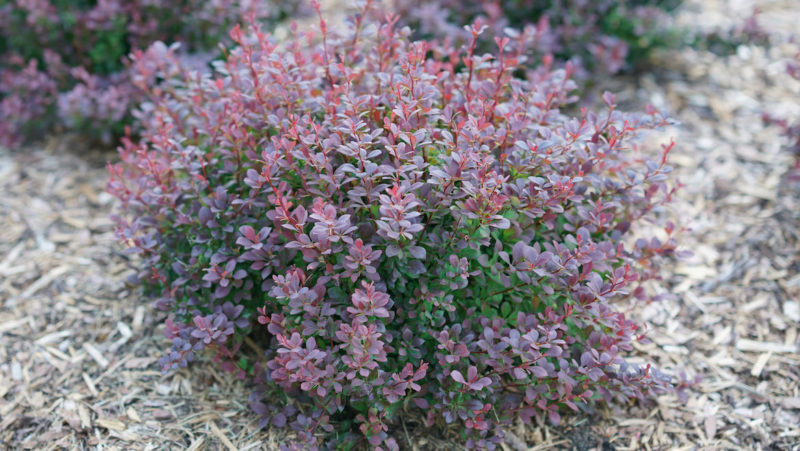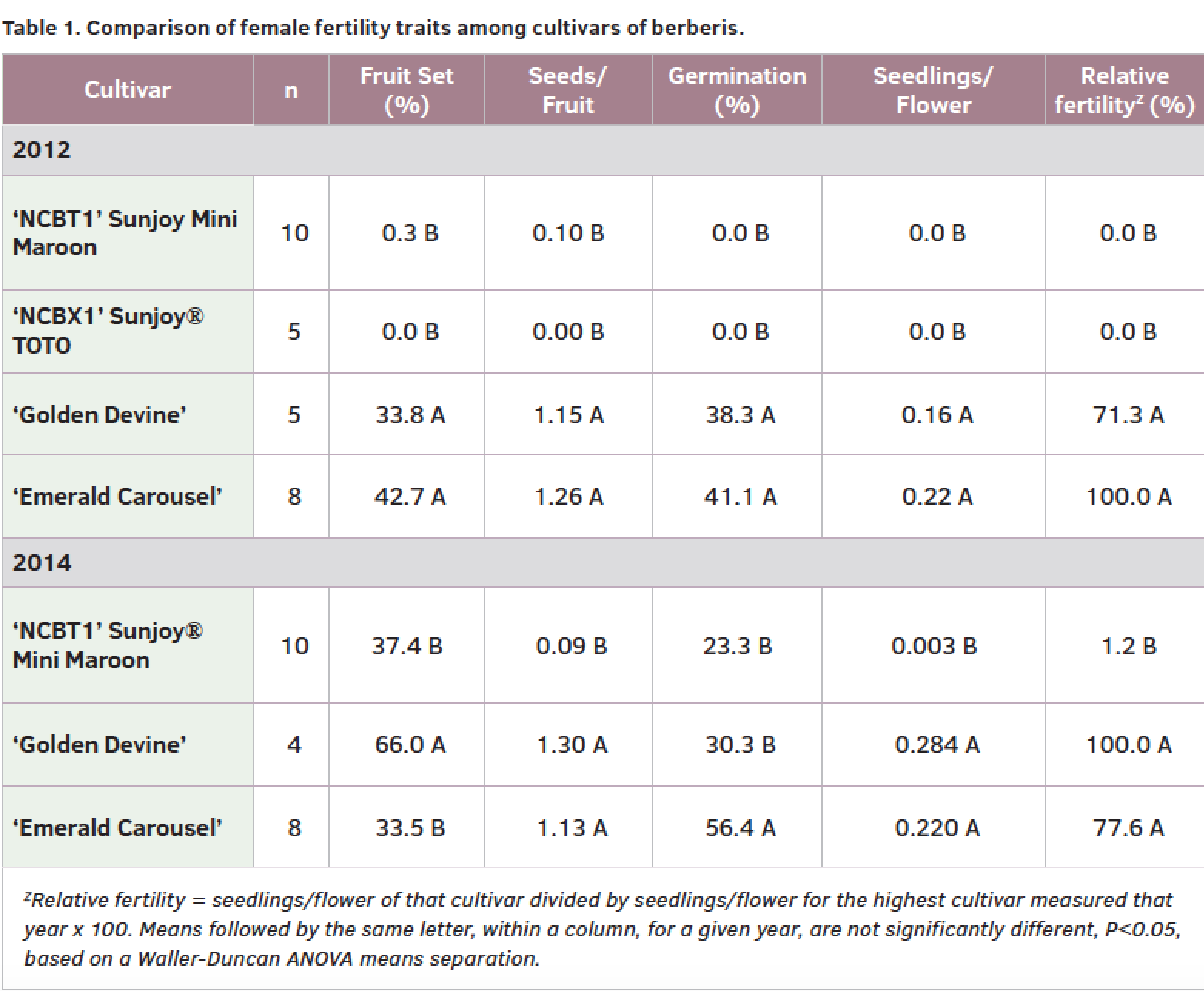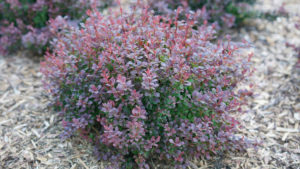
The Cultivar Solution
It is welcome news that people now recognize the threat of invasive, exotic species that can displace native species and alter our native ecosystems. Gardeners, nurserymen, landscape architects and other land stewards should all see the need to act responsibly to preserve our native ecosystems.
No one wants to be responsible for the next purple loosestrife, kudzu or multiflora rose, all well-known examples of problematic, invasive species. We can all see that the proverbial Pandora’s box has been opened and now the question is how do we close it.
State and local lawmakers are attempting to solve the problem with legislation that bans the sale of invasive species. Most of us can agree to give up kudzu and garlic mustard, but should gardeners and landscapers be forced to forgo some of our best performing ornamental plants? The question might be irrelevant if we better understood that weedy, seedy species can be tamed with plant breeding.
Plant scientists, horticulturists, farmers and gardeners have been selecting and breeding cultivars since the dawn of agriculture. Historically, cultivars have been developed to produce greater crop yields or larger, more colorful flowers. These same techniques can and have been used to produce well-behaved, environmentally friendly plants that are not invasive threats like their parents. There are essentially five methods of taming an invasive species: flower doubling, male clones, wide crosses, triploids, and mutation breeding using chemicals or irradiation.
FLOWER DOUBLING
One of the oldest methods for taming a weedy species is to create fully double flowers, where the reproductive organs (stamen and pistil) are turned into petals. Double-flowered cherry trees (Prunus sp.) are an excellent example. Have you ever seen fruit on Kwanzan cherry tree?
Doubled flowers typically first occur as chance mutation and are then exploited by plant breeders to increase the petal count by transforming all the stamen and pistil. Typically, the more petals you have the greater the degree of sterility. Rose of Sharon, Hibiscus syriacus, is a good example of a weedy garden plant that was tamed by means of doubled flowers. There are a number of fully double flowered cultivars in a range of colors and none of them set much, if any, seed.

MALE CLONES
Selling and planting cloned male plants is another very simple way to eliminate seed and thus invasiveness. Male plants produce no fruit or seed and are rarely invasive. Unfortunately, this method is limited to plant species that are dioecious, having male and female flowers on separate plants. There are a number of plant species we could tame using this method, including Amur cork tree (phellodendron,) bittersweet (celastrus), mulberry (morus), poplar (populus) and willow (salix).
WIDE CROSSES

Creating a mule, or making a wide cross between two distantly related species can solve invasiveness. Mules rarely produce offspring. The key with this method is finding parents with the proper amount of genetic distance. If they are too closely related the offspring can be fertile. If they are too distantly related, it’s impossible to make a successful cross. Tom Ranney at North Carolina State University has used this technique on several potentially invasive species. He developed ‘Sunjoy Toto’ berberis (see Table 1) and ‘Golden Ticket’ ligustrum using the wide cross technique to reduce fertility. Dennis Werner, also from North Carolina State University, developed the Lo & Behold buddleia series utilizing wide crosses.
TRIPLOIDS
One of the more useful methods for taming an invasive species is to create a triploid (3x) plant, which is one that has three sets of chromosomes instead of the normal two, called a diploid (2x). This was the technique used to create the seedless watermelon. The process starts by treating young seedlings with colchicine or oryzalin which doubles the chromosomes, creating a tetraploid (4x) plant. The tetraploid plant is then crossed back with a normal diploid plant. The resulting triploid seedlings are often rendered sterile or nearly sterile. ‘Double Play Doozie’ Spiraea japonica is a seedless triploid as well as a wide cross. One of the potential added benefits of sterility is that the plant puts its energy into flowering instead of setting seed. With ‘Double Play Doozie’, the results are flowers all summer long.
MUTATION BREEDING

a sterile cultivar created
by making a wide cross.
Seedless plant mutations also can be induced by using chemicals or radiation. For example, seedless oranges, grapefruit, lemons and other citrus fruit have been created by using gamma radiation. Ranney used irradiation to develop the seedless ‘Sunjoy Toto’ berberis. All of the aforementioned techniques have been used to create seedless ornamental plants that were otherwise considered weedy or invasive. We now have seedless ash, barberry, bittersweet, buckthorn, butterfly bush, mulberry, privet and rose of Sharon, and plant breeders are working on Amur maple, Bradford pear, Norway maple, as well as other useful, but invasive species.
Promoting an exclusively native plant agenda underestimates species that are not indigenous. Gardeners, like environmentalists, are proud of our natural heritage and want to preserve native habitats. They want to do what is morally right, but they also want to create beautiful gardens in our man-made habitats. Cities and suburbs present challenging growing environments and exotic plants often perform better than native plants.
Contrary to popular dogma, native plants are not more adaptable than exotic species, and they are not more resistant to insect and disease attacks. Quite the contrary, exotic species are often used by plant breeders to create new, pest-resistant cultivars that reduce the use of pesticides.
The cultivar solution is the answer to the complex problem of invasive species. We need to embrace and promote safe, seedless cultivars regardless if the species has been banned in our state or market. The time to act is before a plant species is banned. Legislation by state governments that restrict the sale of invasive plant species should include a means for exempting non-invasive cultivars regardless of species. As the green industry, we need to lead and show others that we are serious about the environment.



 Video Library
Video Library 




















